LTE Cat M1 Technology Applied to 4G Locator
Release time:2022-06-20 17:20:33
The technology involved in high-end positioning equipment is extremely complex. At present, many locator manufacturers have developed the latest LTE 4G locator, which has pushed the industry one step further.
Although 2G/3G products are still the most used products in the locator market and even in foreign markets, with the advent of the 5G era, the network construction in the field of low-power devices is bound to be pushed forward.
We know that data collection by positioning devices requires traffic, but the data is not too much. Even if the 3G network is enough for devices to buffer and transmit these data, a problem we need to consider is that telecom operators will not stop technology just because this field can be used. The pace of progress, I think one day the 3G network will also be eliminated. At that time, the 3G network will disappear, and your device hardware will not work well, no matter how perfect the hardware is. It is competitive, the device transmits data faster, and the current 4G network basically reaches the full coverage of the region, and we do not need to worry about signal problems.
So what are we talking about LTE Cat M1 in LTE Cat M1 4G Locator? We will briefly introduce it.
LTE Cat M1 is a new cellular technology designed to meet the needs of applications targeting Internet of Things (IoT) or Machine-to-Machine (M2M) communications.
LTE Cat M1 is a low-power wide-area (LPWA) air interface that allows you to connect IoT and M2M devices with moderate data rate requirements (up and download speeds of 375 kb/s in half-duplex mode). It enables longer battery life cycles and greater coverage than standard cellular technologies like 2G, 3G, etc.
1. LTE Cat M1 key features include:
1.1 Support voice function via VoLTE
1.2 Full mobility and on-board switching
1.3 Low power consumption
1.4 Expand your coverage
2. LTE Cat M1 Content Extension
LTE Cat M1 is part of the standard released in 3GPP Release 13, which also defines Narrowband IoT (NB?IoT or LTE Cat NB1) both as LPWA technologies in licensed spectrum. The Cat M1 has an uplink and downlink speed of 375 kb/s in half-duplex mode, which is especially suitable for IoT applications with low to moderate data rate requirements.
At these speeds, LTE Cat M1 can provide long-range firmware updates over the air (FOTA) in a reasonable time frame, making it ideal for applications running on devices that are deployed in the field for long periods of time.
In some use cases, up to 10 years of battery life on a single charge can also help reduce maintenance costs for deployed equipment, even where some end equipment may not be directly connected to the grid. This important feature is widely used in the field of positioners, because the extremely low power consumption ensures the stable operation of the device for a long time.
When it comes to LTE Cat M1, NB?IoT comes together like brothers.
Compared to NB?IoT, LTE Cat M1 is ideal for mobile use cases as it handles handovers between towers like high-speed LTE. For example, if the vehicle needs to traverse several different network elements to move from point A to point B, the Cat M1 device will behave the same as a cellular phone and will not lose connection. In contrast, NB?IoT devices have to re-establish a new connection at some point after reaching a new network element.
Another big plus is the support for voice over VoLTE (Voice over LTE), which means it can be used in applications that require some level of human interaction, such as certain health and safety areas (eg instant solutions and alarm panels).
3. Fields of application for LTE CAT M1
3.1 Vehicle Management and Tracking
Devices that support LTE Cat M1 can switch completely between mobile vehicle network units, making them ideal for applications with low to moderate data rate requirements, such as vehicle tracking, asset tracking, telematics, fleet management, and more. 4G GPS locator is the full use of this technology.
3.2 Smart metering
The LTE Cat M1 is also ideal for monitoring metering and utility applications with regular and small data transfers. Network coverage is a key issue in smart metering deployments. Since meters are often located in buildings or basements, the extended range of the Cat M1 allows for better coverage in hard-to-reach areas.
3.3 Intelligent Building
The LTE Cat M1 easily provides basic building management functions such as heating, ventilation and air conditioning (HVAC), lighting and indoor-wide enhanced access control. It also features VoLTE voice capability, making it ideal for critical applications such as security systems and alarm panels.
3.4 Health field
With its expanded range, voice support and mobility, the LTE Cat M1 is also an air interface choice for connected health applications such as outpatient monitoring and point-of-care solutions.
3.5 Smart city
In a smart city, the LTE Cat M1 can meet a variety of needs, effectively controlling street lighting, determining waste management collection schedules, identifying free parking spaces, monitoring environmental conditions, and surveying road conditions in milliseconds.
For more information, please check the link below: https://www.fourfaithpower.com/industry-news/lte-cat-m1.html
 Overhead Line Fault In
Overhead Line Fault In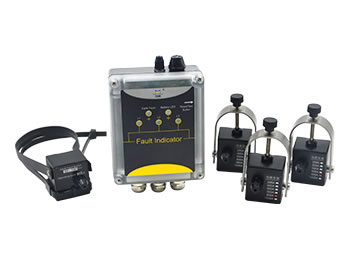 Wall-Mounted Cable Lin
Wall-Mounted Cable Lin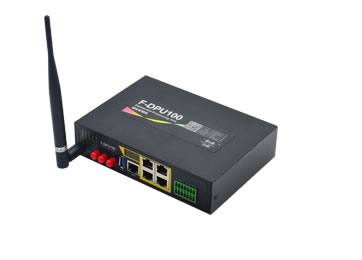 Protocol Converter Gat
Protocol Converter Gat Industrial Cellular Ro
Industrial Cellular Ro HV Power Line Security
HV Power Line Security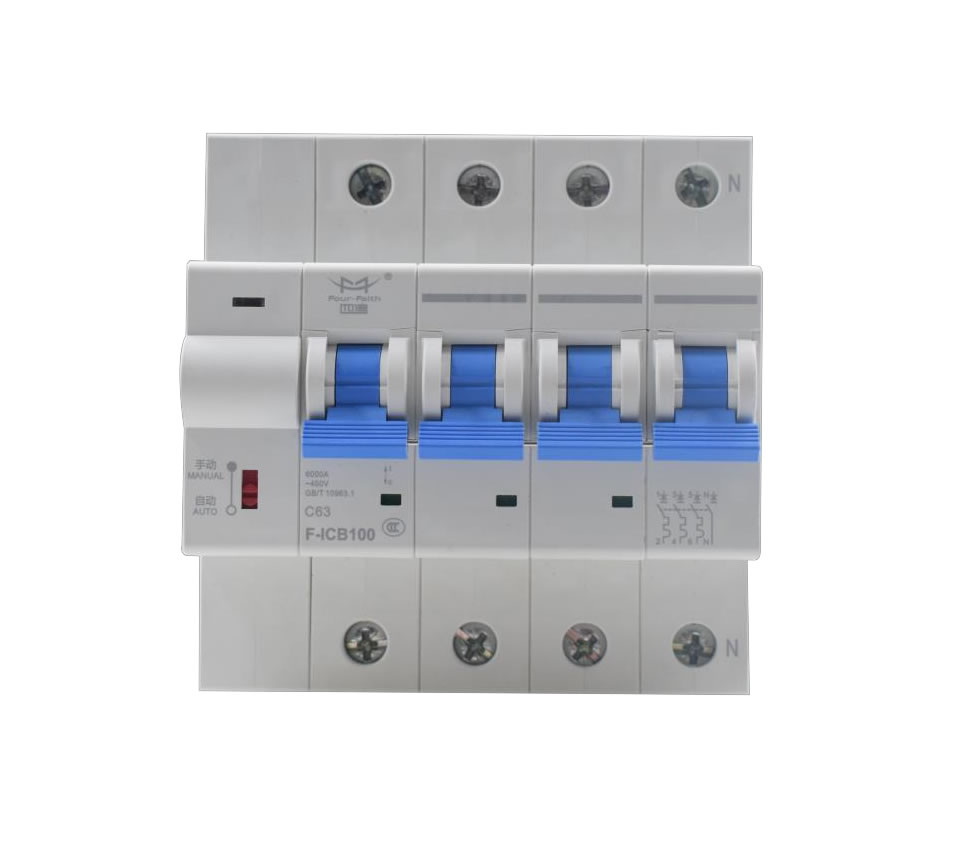 F-ICB100 380V smart ci
F-ICB100 380V smart ci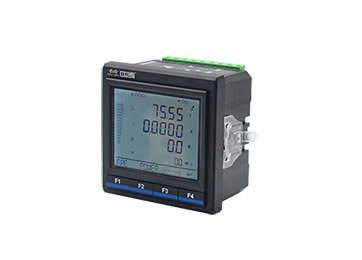 Multifunction Power Me
Multifunction Power Me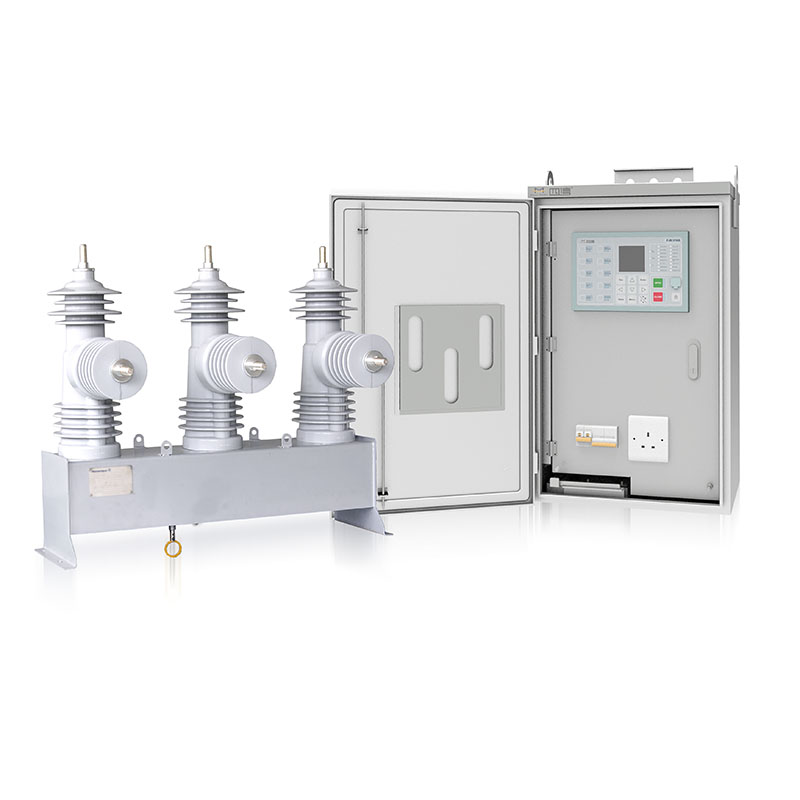 F-FTU200 Auto Circuit
F-FTU200 Auto Circuit  LoRa Module & Gateway
LoRa Module & Gateway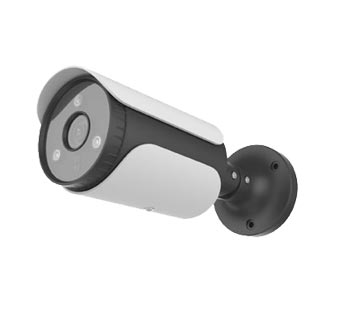 Network Camera
Network Camera Serial to Cellular
Serial to Cellular 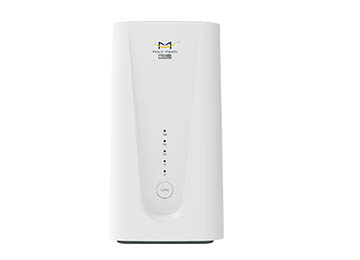 5G Router
5G Router 
 Chinese
Chinese
 Download
Download Demo
Demo Wiki
Wiki FAQ
FAQ themes
themes




